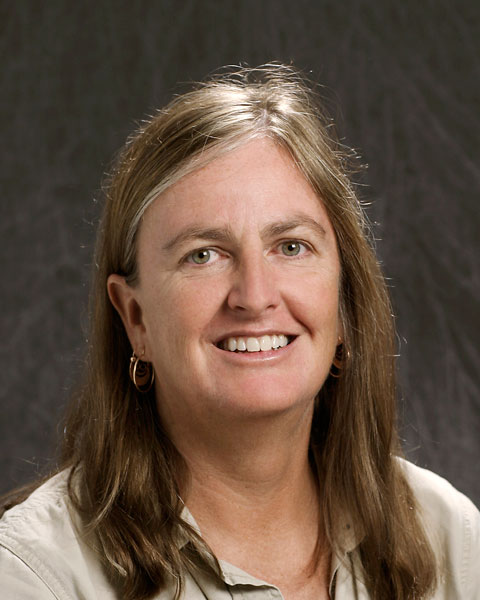Affiliation: Louisiana State University

Heather McKillop is the Doris Z. Stone Professor of Latin American Studies in the Dept of Geography and Anthropology at Louisiana State University, Baton Rouge. She earned her B.Sc. and M.A. in Anthropology at Trent University (Canada) and her Ph.D. at the University of California, Santa Barbara. She has carried out fieldwork on the coast of Belize since 1979, focusing on the ancient Mayan economy. Her initial studies focused on identifying the characteristics of ancient ports, with excavations at Moho Cay (near modern Belize City) and Wild Cane Cay (in the far south near modern Punta Gorda). Survey on the southern coast and offshore cays examined the role of the coast in long distance and coastal-inland trade of exotic and marine resources to the urban Maya at interior cities. Many of the sites were inundated by sea-level rise, including salt workshops. She has published many articles on her research, including her most recent article in “Proceeding of the National Academy of Sciences” (April 2005), which has brought much press interest. Her books include “In Search of Maya Sea Traders” (2005), “The Ancient Maya: New Perspectives” (2004), “Salt: White Gold of the Ancient Maya” (2003), and “Coastal Maya Trade” (1989, with co-editor P. Healy). Her current fieldwork focuses on mapping wooden architecture preserved in a peat bog below the sea floor in southern Belize at 23 salt workshops, for which she has been awarded funding from the National Geographic Society, National Science Foundation, and FAMSI (Foundation for the Advancement of Mesoamerican Studies). Professor McKillop is a 2020 recipient of the Research Master Award in the Humanities and Social Sciences at Louisiana State University.
View an interview with Heather McKillop on her work in Belize 
Surplus production at the household level helped underwrite the Classic Maya economy through marketplace trade. Salt played an important role because it’s a storable commodity, a biological necessity, and useful for drying fish and meat. Salt was as a storable commodity in the form of salt cakes, salted fish, or containerized salt. As tribute payment, commodities could be warehoused by the dynastic Maya for acquiring other commodities, paying ransoms, or alleviating local food shortages. Salt cakes, along with standardized lengths of woven cloth, copper bells, and cacao beans were currency equivalencies in marketplaces. Marketplaces are known at Tikal, Caracol, and other cities, but they also were likely common at most towns during the Classic period. Both commoners and elite Maya households were engaged in surplus production. Surplus commodities were sold at markets, where vendors acquired obsidian, jadeite, and other non-local goods and resources, as indicated by the wide distribution of trade goods throughout Maya communities.
Two methods of salt production were used in the Maya area, including solar evaporation and evaporation in pots over fires. Solar evaporation produced loose salt that was gathered and hardened in place on the salt flats, but needed to be containerized for transport and sale. Brine boiling in pots yielded standard sizes of salt cakes according to the size of pots used in production. The preservation of wooden salt kitchens at the Paynes Creek Salt Works provide a model for salt production elsewhere using the brine boiling method. Excavation of salt kitchens at 10 sites yielded 90-98% briquetage, with little other material apart from charcoal, indicating activities were focused on salt production. Estimates of salt production at the Paynes Creek Salt Works and overall in the Maya world are compared with population estimates.
Short bibliography and/or website on lecture topic:
Field research, 3D imaging, and more on the Paynes Creek Salt Works (see “Publications” at bottom of page 1 for articles to download): www.underwatermaya.com
Link to interview on Science Friday, NPR: https://www.sciencefriday.com/segments/mining-for-clues-of-the-mayan-salt-producers/
PNAS Science Session, National Academy of Sciences: Heather McKillop, Nov 5, 2018
https://player.fm/series/pnas-science-sessions-2480322/heather-mckillop
https://sciencesessions.podbean.com/e/heather-mckillop/
2019 Maya Salt Works. University Press of Florida, Gainesville (May 2019).